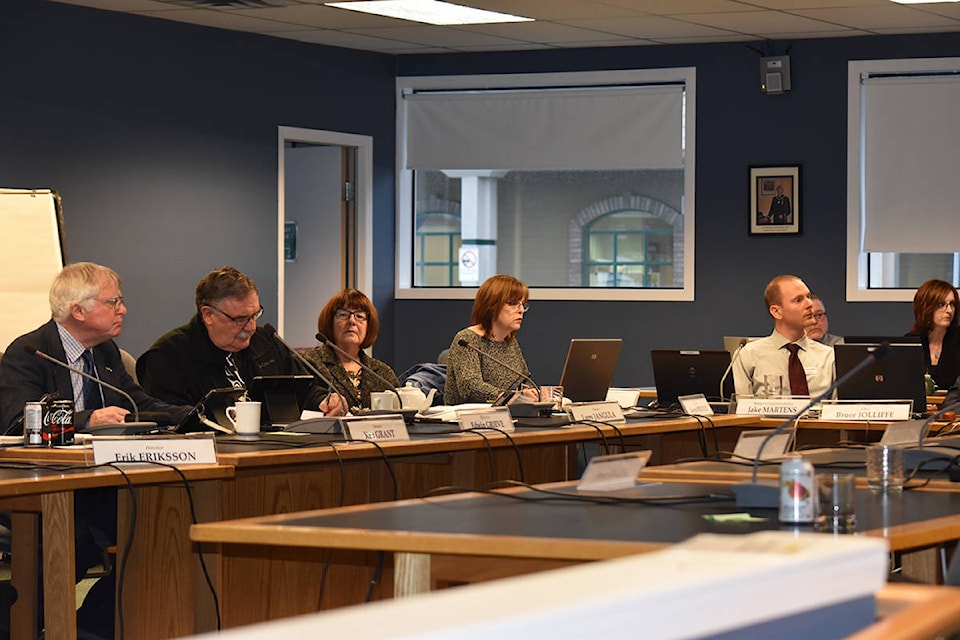The Comox Valley Regional District is still trying to provide better high-speed internet to the rural and remote communities of the Comox Valley.
Area C director Edwin Grieve provided a recommendation to the CVRD’s committee of the whole on Feb. 20 to send a letter to the federal and provincial governments, as well as internet service providers, requesting they continue in their efforts to provide high-speed internet to the region’s rural areas.
| CVRD Area C director Edwin Grieve. |
The CVRD has been writing letters to higher levels of government and telecommunications companies to improve internet access in the Comox Valley’s rural areas since 2012.
“We haven’t been able to entice the major providers into supplying services, even though the fibre optic cable runs all the way up to Mount Washington,” said Grieve. “I think the big thing is to get our foot in the door.”
Last month, the federal government announced that more than 150 remote communities in B.C. — many of which are on Vancouver Island — will soon have high-speed internet following a $45.4-million investment from senior levels of government.
Here's a map of communities getting faster internet as part of today's $45M announcement: https://t.co/ceLpA68wxP @BlackPressMedia pic.twitter.com/u7KcYNua1P
— Kat Slepian (@katslepian) January 17, 2018
Read More: 154 remote B.C. communities to get high-speed internet
Federal Minister of Indigenous Services Jane Philpott announced Jan. 17 that Ottawa will commit $34 million to build 3.5 million metres of subsea fibre optic cable along B.C.’s coast. The remaining $11.4 million will come from the provincial government.
But Grieve says fibre optic cables alone are not enough to supply high-speed internet service to rural homes. He compared the fibre optic cables to a “spine” that needs to be tapped into.
“Even when you have fibre optic cables running through the community — like we do on Piercy Road on the way up to Mount Washington — there’s no way to tap into that system and bring in the last mile service to the homeowners,” he said.
“It’s a little more complicated than people realize. Even if you can get permission to tap into the fibre optics, I think it works out to $60,000–70,000 just to get the conversion unit that converts it down to cable.”
Grieve said the least served neighbourhoods in Area C are along Dove Creek and Piercy roads. He said the letters continue the CVRD’s advocacy on the issue.
“[These letters] are more just to raise awareness and demonstrate to the residents that we’re not letting this slip by, that we’re still on it, and we’re trying to engage the big service providers like Shaw and Telus,” he said.
—With files from Katya Slepian
